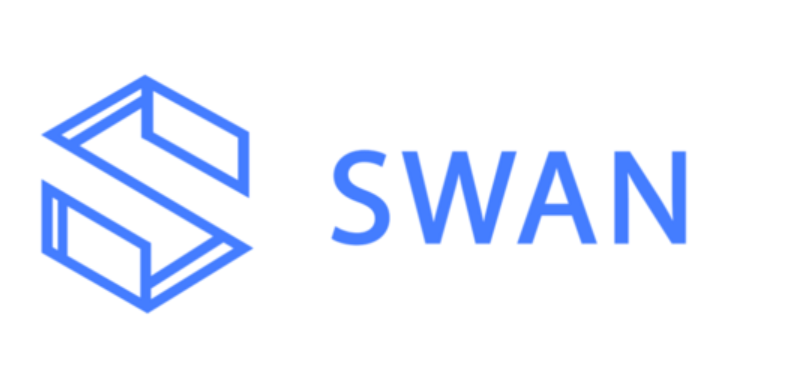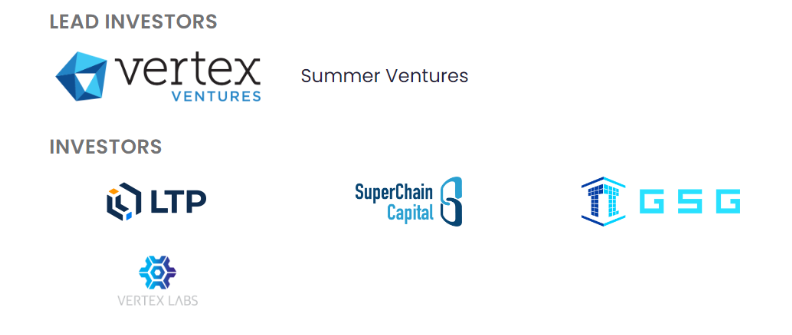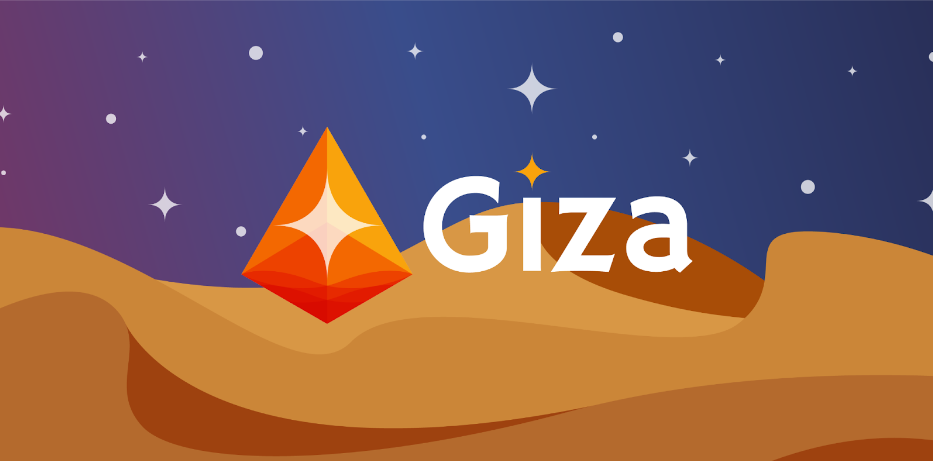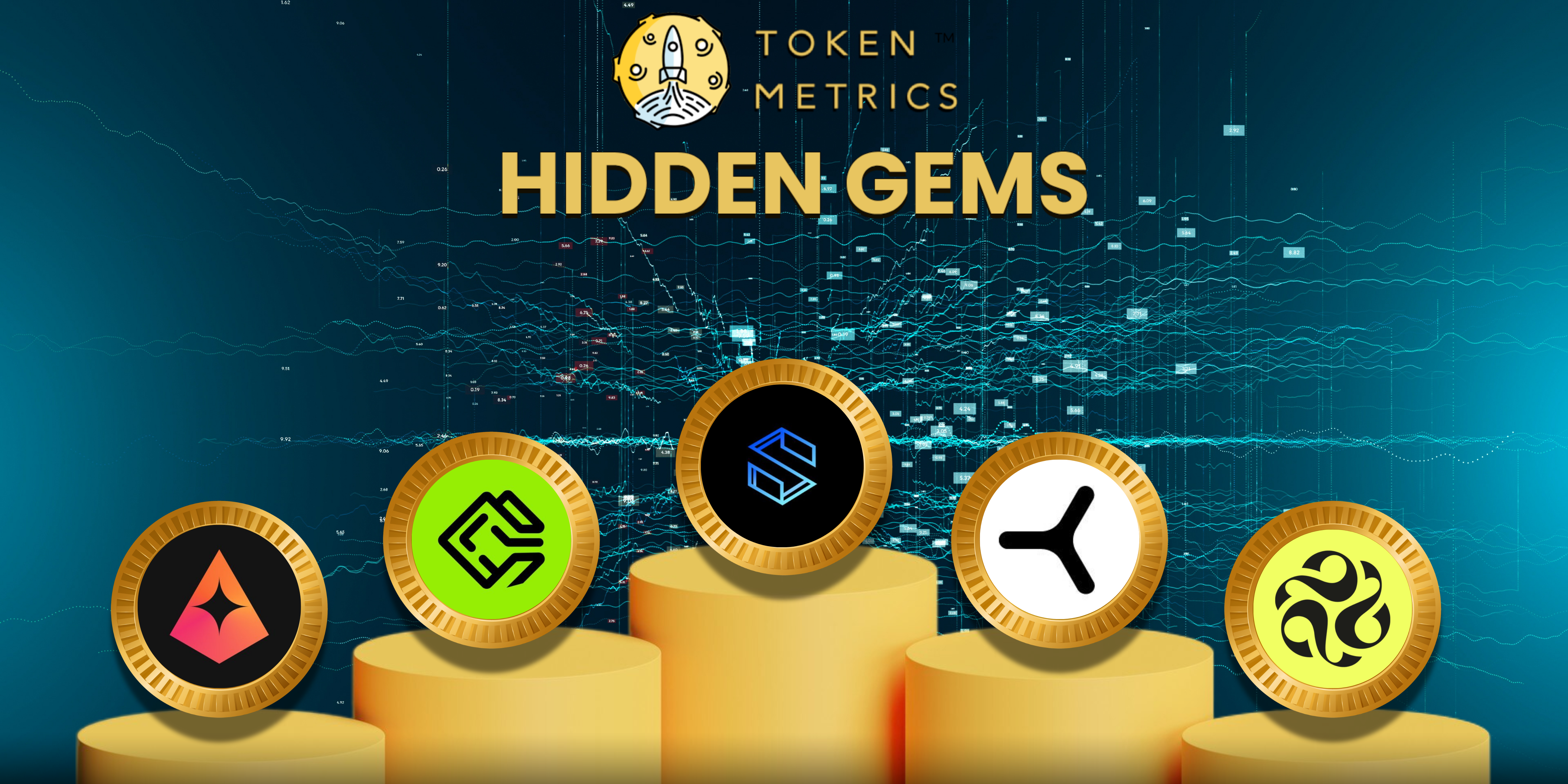TOKEN METRICS WATCHLIST
Every week, Token Metrics highlights emerging opportunities across the blockchain industry, covering everything from infrastructure innovations to decentralized platforms. While some of these projects are still pending our thorough code review process, we are excited to highlight them due to their initial promising potential, as identified through our fundamental analysis.
Shaga – 60.42%
 Website | X(ex-Twitter)
Website | X(ex-Twitter)Sector – DePin
Status – Active
Shaga is a decentralized gaming network that transforms personal devices into compute nodes, allowing users to earn passive income by sharing their idle hardware for gaming. This innovative platform delivers low-latency, high-performance gaming on any device by utilizing distributed local networks to reduce latency and enhance the gaming experience. Haga seeks to revolutionize the gaming industry by offering a decentralized, scalable solution that eliminates the need for data centers, providing users with a seamless gaming experience.
They believe that the traditional need for intermediaries between developers and gamers needs to be updated. The team’s most significant achievement to date is the development of a fully peer-to-peer (P2P) game streaming protocol, offering the lowest latency available on the market, surpassing even Parsec. This technological breakthrough addresses the latency issues that have long plagued cloud gaming. Their innovative solutions are being built on the Solana blockchain.
Investors

Yom – 60.42%
 Website | X(ex-Twitter)
Website | X(ex-Twitter)Sector – DePin
Status – Active
FDV – $10M
YOM is at the forefront of developing a decentralized cloud gaming infrastructure (DePIN), capable of streaming games, immersive experiences, white-label metaverses, and entirely new entertainment formats at scale. By leveraging a distributed network of gaming machines, YOM delivers global low-latency cloud gaming at near-zero costs to any device or platform, effectively eliminating the need for dedicated gaming consoles such as Xbox and PlayStation, as well as other traditional distribution channels like Steam and the Apple Store.
Through YOM’s network, PC gamers can earn $YOM tokens by participating in Proof-of-Gameplay, which allows them to allocate the resources of their gaming machines to the network. These machines function as network nodes, supporting the demands of YOM’s partners, including studios, brands, and broadcasters.
YOM is specifically designed to target the cloud gaming sector, which is uniquely positioned to benefit from YOM’s decentralized model. While traditional data centers may excel in batch processing tasks for AI and rendering, they often fall short in cloud gaming, which requires low latency and high availability of GPU resources. Unlike centralized models, YOM’s DePIN is optimized for consumer hardware, including essential drivers that minimize latency, ensuring that compute resources are distributed yet readily accessible to meet the low-latency demands of cloud gaming.
Investors
YOM is backed by investors, including ExNetwork Capital, Andromeda Capital, CoinIX, Alphabet Digital Currency Fund, Solanium Ventures, CV VC, and LTO Network.
Token
YOM has two tokens in it’s ecosystem –
$YOM – $YOM is the native token of the Yom Network, designed to create an efficient decentralized market for cloud gaming, optimizing both cost-efficiency and performance. With a total maximum supply of 300,000,000, $YOM is purchased by studios, brands, and broadcasters to power their streams, generating node rewards through Proof-of-Gameplay and applying upward price pressure.
$YRF – The $YRX token is integrated into a dynamic leaderboard that highlights top community members and node providers, offering rewards like increased $YOM earnings, exclusive airdrops, governance influence, early product access, and social recognition. This system, inspired by classic gaming leaderboards and powered by Web3 technology, incentivizes active participation and enhances the YOM community experience.
Where can you buy the token?
$YOM can be brought from exchanges like Radium, Orca, and Jupiter.
Swan Chain- 58.33%

Website | X(ex-Twitter)
Sector – Artificial Intelligence(AI)
Status – Active
Swan Chain is an AI blockchain infrastructure designed to accelerate AI adoption by integrating Web3 technology with AI through OP Superchain. It offers comprehensive solutions for storage, computing, bandwidth, and payments. By leveraging underutilized computing power across a network of community data centers, Swan Chain significantly reduces computing costs.
With innovative marketplaces for decentralized storage, AI, and Zero-Knowledge proofs, as well as efficient AI model deployment via LagrangeDAO, Swan Chain aims to make AI development seamless and affordable. Its mission is to create a marketplace that empowers AI developers with the computational resources to train and deploy advanced AI models.
Features
- Edge Computing Provider: Specializes in processing data at its source, utilizing minimal latency setups that are ideal for real-time applications.
- Fog Computing Provider: Extends cloud capabilities to the network’s edge through a layered infrastructure, offering services such as AI model training and deployment.
- Market Provider: Operates a platform that allocates computing jobs to providers via an auction engine, with integrated financial transactions managed by a payment engine.
- Cost-Efficiency: Reduces AI computing costs by up to 70% through a decentralized marketplace.
- ZK Powerhouse: Offers a global zero-knowledge (ZK) market for privacy-preserving AI model training.
- Global Reach: Provides access to AI computing resources in over 100 locations worldwide.
Investors

Cycle Network-58.33%

Website | X(ex-Twitter)
Sector – Cross-Chain
Status – Testnet
Cycle Network is a bridgeless liquidity network that connects all blockchains using secure chain abstraction technology. It tackles interoperability challenges by providing secure chain abstraction technology, allowing developers to program seamlessly across the entire Web3 ecosystem using SDKs and other middleware. It enables seamless Web3 development through SDKs and middleware and provides global state proof of trustless changes across Layer 1, Layer 2, EVM, and non-EVM chains. Using the Omni State Channel Indexer (OSCI) and a decentralized sequencer, it extends Rollup’s trustless cross-chain capabilities to a decentralized omni-chain settlement layer. The Omni ZK-Rollup ensures efficient state change verification, and ZK hardware acceleration improves performance. The Cycle Trustless Cross Chain Protocol (TCCP) supports trustless transport for Cycle and major Layer 1 and Layer 2 networks.
Features
- Security: Cycle Network ensures the determinism of all chain state channels and maintains ledger sequence integrity, leveraging the Security Layer’s protections to maximize data security.
- Low Latency: By utilizing Omni ZK Rollups, Cycle Network facilitates efficient communication with external chains through real-time verification, improving the experience for both developers and users.
- Low Cost: Cycle Network extends Data Availability (DA) to implement Omni Data Layer Technology (ODLT) in the form of Rollups, which reduces transaction fees and lowers the entry barriers for end users.
- Cross-Ecosystem: Cycle Network is compatible with state channels across various ecosystems, including EVM, non-EVM, and Layer 2 solutions, enabling seamless cross-ecosystem interoperability.
Investors

Giza Protocol- 56%
 Website | X(ex-Twitter)
Website | X(ex-Twitter)Sector – Artificial Intelligence
Status – Not yet launched
Giza is an advanced platform designed to integrate machine learning (ML) with Web3 technologies, with a particular emphasis on zero-knowledge (ZK) proofs. It offers tools for creating, managing, and deploying verifiable ML models that interact with decentralized protocols in a trust-minimized manner. Giza provides a suite of products, including AI Agents for automating smart strategies, Datasets for ML model training, and a comprehensive system for managing and versioning ML models. Its architecture prioritizes scalability, security, and interoperability, making it an essential tool for developing AI-powered decentralized applications (dApps). Users can create AI Agents, connect them to smart contracts, transpile models to ZKML format, deploy verifiable inference endpoints, and access curated blockchain datasets for machine learning.
– Develop using Python – Users can create verifiable ML solutions effortlessly by utilizing pure Python to build workflows with built-in verifiability without altering their existing methods.
– Trust-Minimized AI: Giza enables the deployment of ML models that generate verifiable proofs, ensuring the integrity and reliability of AI predictions in decentralized applications.
– Interoperability: The platform’s compatibility with ONNX and its ability to integrate with various decentralized protocols make it a versatile tool for developers.
– Scalability: By leveraging ZK-coprocessors, Giza can handle complex ML computations off-chain while ensuring that the results are securely and efficiently integrated on-chain.
Investors






